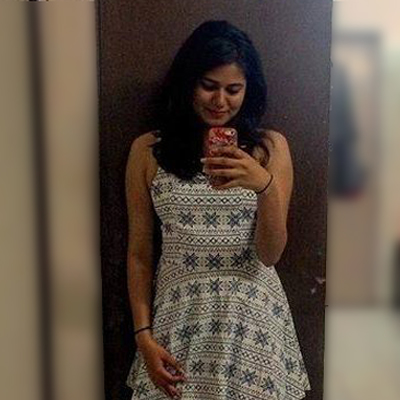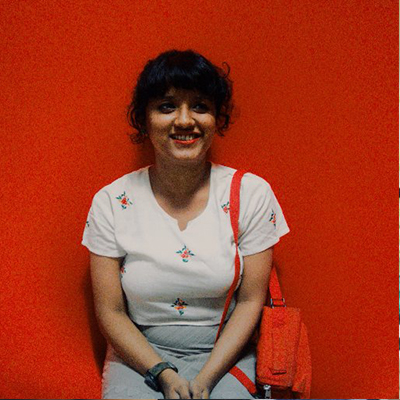Download Free Vegan Starter Kit -
9.png)
In a first for Indian skies, TajSATS confirms that fliers can enjoy vegan meals in flights soon!
As people venture out to travel post-Covid-19, air traffic has picked up. So, it is natural that India's Rs 1,500 crore (annual turnover) flight food industry is staging a smart comeback from the gloomy days of March 2020, when it had essentially halted. Airlines are becoming more demanding right now, whether it's to pamper passengers with sustainable food options or to save money. Offering an insight into the former is Arun Batra, executive chef of Tata Group's TajSATS, which provides more than half of the flight meals in India.
Arun talks about how the experience of eating vegan meals in the stratosphere will soon be a reality, as due to demand from airlines, they are launching vegan meals and sugar-free sweets.
Insight on pre-covid meal prep and the current scenario
Arun Batra, executive chef at TajSATSsays that before March 2020, they used to serve roughly 75,000 breakfast, lunch, dinner, and snack meals each day across a number of categories. The majority—60–70%—were for domestic flights, and the remainder was for foreign ones. By the end of March 2020, this number had fallen to zero for a brief period of time. Following that, they began preparing meals for the security forces, medical professionals, and evacuation flights. As air traffic increased beginning in October 2020, business began to pick up. Domestic dinners returned to their pre-Covid levels.
The ingenuity of plant-based meals for inflight dining
It appears that they soon felt a need to expand the selection of meals. Therefore, TajSATS will start selling plant-based meats by the end of this year. This will be entirely vegetarian and primarily made of soy and jackfruit. It will be used to make delicious dishes like biryani, as well as Western and Japanese cuisine, and it will be served hot. In a first for Indian skies, there will be options for bread, including sourdough and gluten-free loaves.
Here's how food flavour differs at various cruising altitudes
At cruising altitudes, our taste senses respond in a distinct way, says Batra. More than sweetness, people might taste sour and salt. A food that is sweet will appear less sweet than it is. As a result, they use the right amount of salt while cooking on board (this is why airlines provide low-salt meal options for health reasons). Not that they use more salt, simply more than they would for meals at a restaurant. The food is prepared and cooked differently in restaurants than it is at home.
Batra says that they prepare food, refrigerate it (in the flight kitchen before loading it onto vans), and then reheat it onboard before serving.
How the food production deals with COST-CUTTING and financial restraints
Batra reveals that there are always financial constraints. “Everything we do is done with the utmost consideration for the meal's quality. We work to lower airline costs by, among other things, procuring ingredients locally.” Due to the higher cost of meat, the amount of meat may be very little reduced while the number of vegetables is raised. The typical economy class tray setup, which includes a croissant, parantha, butter, salad, dessert, and curd or yoghurt, weighs between 500 and 550 grammes. The portion of a heated meal is between 250 and 300 grammes. If a certain vegetable becomes highly expensive, its proportion in the mix of vegetables may be somewhat lowered.
An individual traveller won't notice the slight difference. Cost-wise, it makes a difference in volume though. In the not-too-distant past, (on some now-defunct airlines) there was a substitution of desserts with free chocolates given away to promote a particular chocolate company.
What the future holds for in-flight meals in Air India
As the Tata Group, who founded Air India, is back in charge of the airline, TajSATS reveals that they have always provided services for AI. The airline has ambitious intentions to improve the onboard dining experience. There are now four different meal options available in the restaurant, up from two previously, says Batra. The economy has increased from two to three. In the household economy class, meat is back. However, he explains that the variety of bread is growing. They will be looking at first-class, menu options including lobster, lamb, and prawn dishes.
Effect of the ban of single-use plastics on packaging of in-flight meals
Batra explains that most airlines are converting to hardwood cutlery from plastic. He says that earlier, some food items were wrapped in incredibly thin plastic. Now, the 100-micron plastic, which is legal and thicker, is employed for that function. Airlines are switching to providing paper cups in which water is poured from huge bottles rather than water in small plastic bottles. Currently, salads and desserts are covered in clear plastic. Cardboard will be used in its place, elucidates Batra. Thus, the appearance and feel will alter.
Work is being done to create cutlery from paper pulp, which is heartening news indeed.
Like this? Nestle Expands Plant-Based Range, Launches Carbon-Neutral Pea Mylk
Read More: Good News: Nestlé brings Vegan KitKat to 15 European nations after a successful test
AUTHOR

trending
Be a Vegan First Informer
Send us buzzworthy news and updates
Explore
Contact Us
About Us
Stay Connected
Copyright ⓒ 2017-2023. VEGAN PASSION PRIVATE LIMITED. All Rights reserved.
For more information, please write to hello@veganfirst.com
Registered Office Address: 55, 2nd floor, lane 2, Westend Marg, Saidullajab, Near Saket Metro Station, New Delhi, Gadaipur, New Delhi South West Delhi, DL

2.png)

.png)
.png)
2.png)
2.png)
2.png)


1.png)





3.png)




